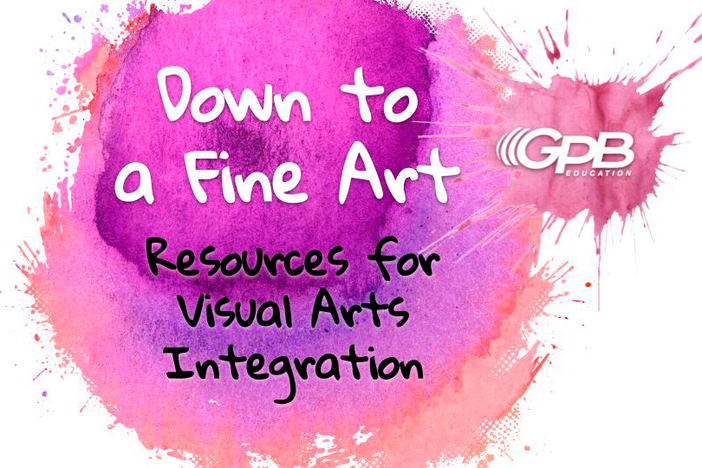The Art of Music - 4th Grade
Explore the art of music with this episode of Let's Learn GA! Ms. Petty, an elementary music teacher, discusses synesthesia, a phenomena some people have where they can hear music, but see shapes or colors. She also shows how the sounds of music can be translated into paintings.
The Art of Music - 4th Grade
Explore the art of music with this episode of Let's Learn GA! Ms. Petty, an elementary music teacher, discusses synesthesia, a phenomena some people have where they can hear music, but see shapes or colors. She also shows how the sounds of music can be translated into paintings.
Materials needed for this lesson include:
- canvas or blank paper
- paints or something colorful to draw with
Fine Arts
Distinguish between repeating and contrasting sections, phrases, and formal structures (e.g. AB, ABA, verse/refrain, rondo, introduction, coda).
Describe music using appropriate vocabulary (e.g. fortissimo/pianissimo, presto/largo/moderato/allegro/adagio, legato/staccato, major/minor), intervals (e.g. step, skip, repeat, leap), timbre adjectives (e.g. dark/bright), and texture adjectives (e.g. thick/thin).
Identify and classify (e.g. families, ensembles) classroom, orchestral, American folk, and world instruments by sight and sound.
Aurally distinguish between various ensembles.
Aurally distinguish between soprano, alto, tenor, and bass instruments and voices.
Use teacher-provided and collaboratively developed criteria for evaluation of music and music performances (e.g. learned, student-composed, improvised).
Use formal and/or informal criteria to evaluate music and musical performances by themselves and others.
Explain personal preferences for specific musical works using appropriate vocabulary.
Discuss connections between music and the other fine arts.
Discuss connections between music and disciplines outside the fine arts.
Perform and respond to music from various historical periods and cultures.
Discuss how sounds and music are used in daily lives.














